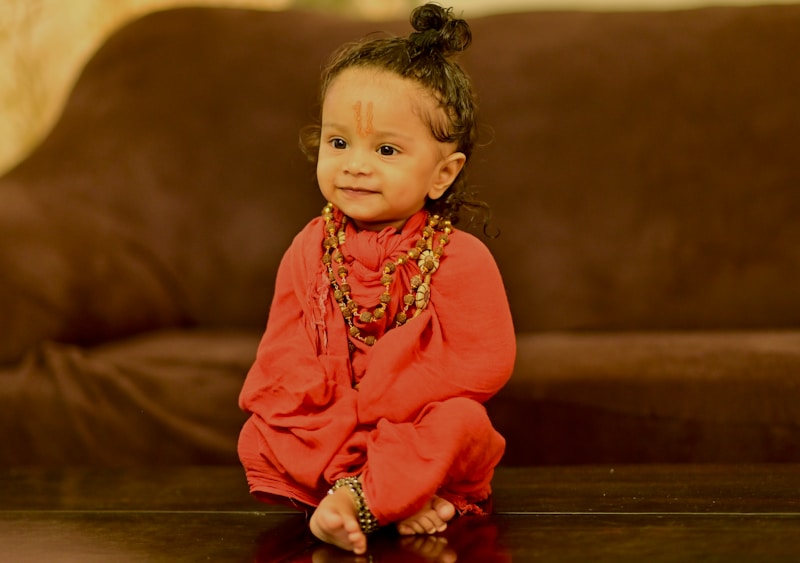9 Questions
What is the Natya Shastra?
How many classical dances are recognized by the Sangeet Natak Akademi and the Ministry of Culture?
What are the three categories of performance in the Natya Shastra?
What is abhinaya?
What are the four aspects of a performance in Hindu classical dances?
What is the significance of mudras or hastas in Indian classical dances?
What is the purpose of Indian classical dances?
What is the origin of Indian classical dances?
What is the Natya Shastra attributed to?
Summary
Indian Classical Dance: A Summary
- Indian classical dance refers to various performance arts rooted in Hindu musical theatre styles.
- The number of classical dances range from eight to more, depending on the source and scholar.
- The Natya Shastra is the foundational treatise for classical dances of India, and this text is attributed to the ancient scholar Bharata Muni.
- While the Natya Shastra is the revered ancient text in the Hindu tradition, there are numerous other ancient and medieval Sanskrit dance-drama related texts that further discuss and expand on the classical repertoire of performance arts.
- Indian classical dances are traditionally performed as an expressive drama-dance form of religious performance art, related to Vaishnavism, Shaivism, Shaktism, pan-Hindu Epics and the Vedic literature, or a folksy entertainment that includes story-telling from Sanskrit or regional language plays.
- The classical dance forms recognised by the Sangeet Natak Akademi and the Ministry of Culture are Bharatanatyam, Kathak, Kuchipudi, Odissi, Kathakali, Sattriya, Manipuri, Mohiniyattam, and Chhau.
- All major classical Indian dance forms include in repertoire, three categories of performance in the Natya Shastra. These are Nritta, Nritya and Natya.
- All classical dances of India used similar symbolism and rules of gestures in abhinaya (acting).
- The roots of abhinaya are found in the Natyashastra text which defines drama in verse 6.10 as that which aesthetically arouses joy in the spectator, through the medium of actor's art of communication, that helps connect and transport the individual into a super sensual inner state of being.
- The communication through symbols is in the form of expressive gestures (mudras or hastas) and pantomime set to music.
- In Hindu classical dances, the artist successfully expresses the spiritual ideas by paying attention to four aspects of a performance: Angika (gestures and body language), Vachika (song, recitation, music and rhythm), Aharya (stage setting, costume, make up, jewelry), and Sattvika (the artist's mental disposition and emotional connection with the story and audience).
- Indian classical dancers usually dance to beat of the song or sound that is playing. They move their body to rhythm of the music and they flow.
Description
Test your knowledge of Indian classical dance with this informative quiz! From the foundational text of Natya Shastra to the various styles recognized by Sangeet Natak Akademi and the Ministry of Culture, this quiz will challenge your understanding of the history and techniques of this beautiful art form. See how much you really know about the symbolism and rules of gestures in abhinaya, the different categories of performance, and the importance of Angika, Vachika, Aharya, and Sattv

